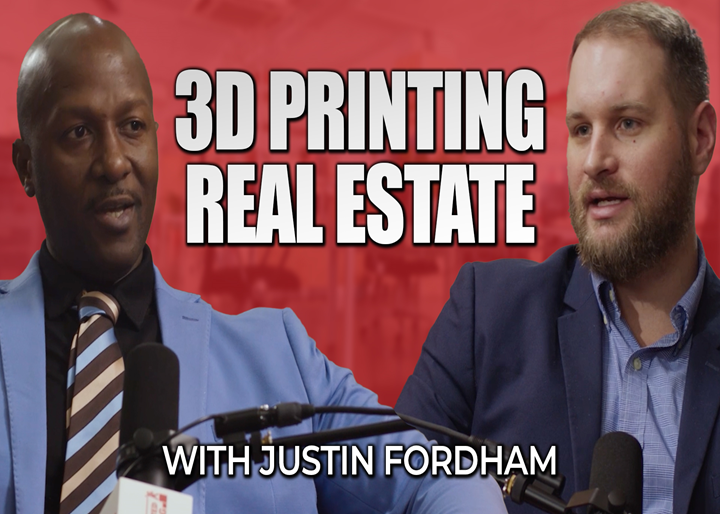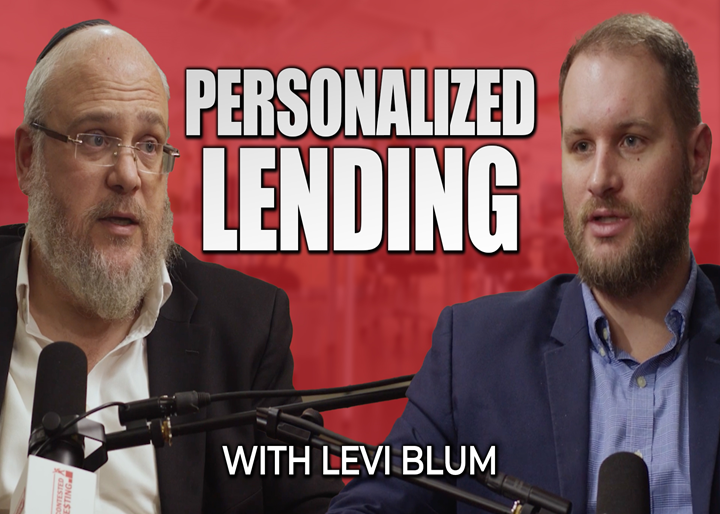Home Seller Profit Margins Drop Slightly in Q3
Typical Margin at 56% as Median Home Price Levels Out by ATTOM Team ATTOM, a leading curator of land, property data, and real estate analytics, released its third-quarter 2024 U.S. Home Sales Report, which shows that homeowners earned a 55.6% profit margin on typical single-family home and condo sales in the United States during the third quarter. That figure was down by small amounts both quarterly and annually, dipping by
Read More











